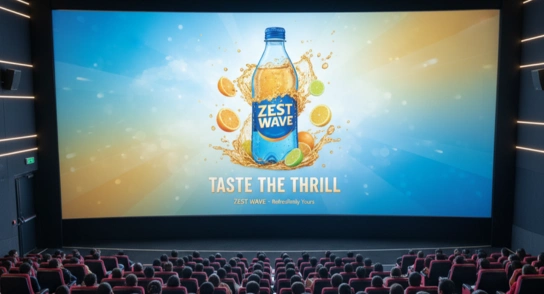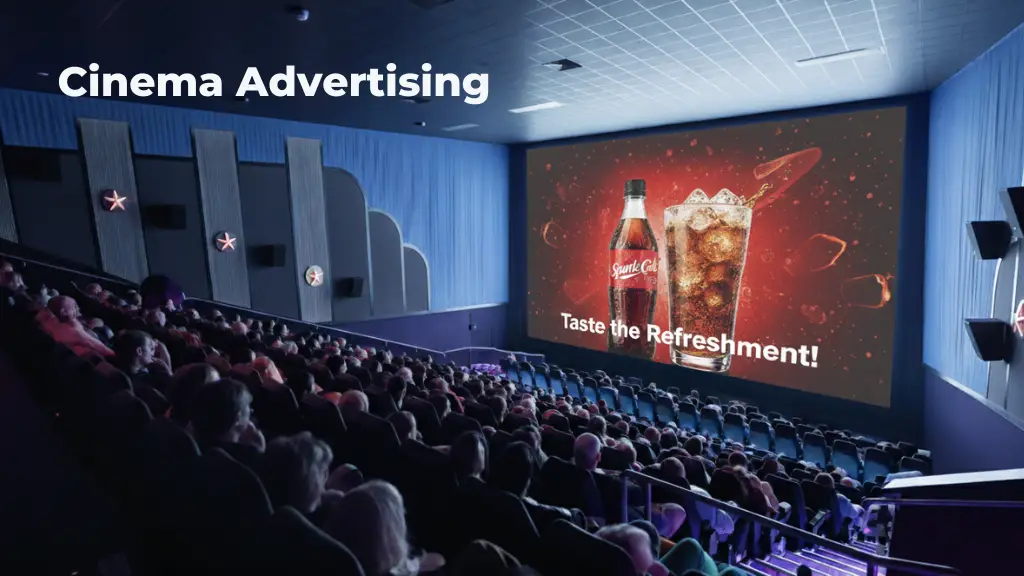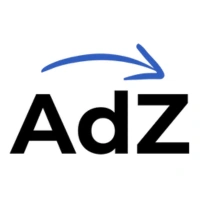In an age when streaming platforms dominate minds and living rooms, you might wonder: does cinema advertising still have relevance? The short answer: absolutely. In 2025, cinema remains one of the few environments where brands enjoy captive attention, rich emotional resonance, and smart targeting possibilities. This blog explores why movie-goers, targeted trailers, and captive attention formats make cinema ad spaces not just relevant, but increasingly strategic—especially when paired with a Brand Tech AI platform and advertising using AI platform techniques.
The Resilient Pull of the Big Screen in a Netflix Era
Cinema Is Alive — Beyond the Streaming Noise
Despite the rise of streaming, cinema is not obsolete. In fact, the global cinema advertising market is estimated at $4.9 billion in 2025. Audiences are returning to theatres in droves, especially for blockbuster releases: 150+ new film titles are projected for 2025, pushing record box office momentum. Unlike passive scrolling or app switching, going to the movies is an “event.” The ambience, big screen, and shared experience still command a special kind of brand interaction.
Why Cinema Trumps Many Digital Formats in 2025
- Attention, not interruption: Cinema environments minimize distractions. As one study found, cinema captures more sustained attention than any other medium.
- Higher recall and brand lift: Research suggests cinema ads deliver 3× more brand lift compared to TV in many markets.
- Positive mindset: Moviegoers arrive in a receptive, emotionally charged mood—ideal for brand storytelling.
- Better storytelling canvas: Long form, high resolution visuals or immersive 3D/anamorphic idents are possible in cinemas.
In short: when many digital ads are fought over and scrolled past, cinema gives you undivided ears and eyes.

Movie-Goers as a Premium Audience Segment
Who Are They & Why They Matter
Moviegoers tend to skew younger, more affluent, and culturally engaged—exactly the kind of consumers brands covet. Because cinema is a destination, audiences are less distracted by phones and more open to absorbing brand messaging.
High Recall Rates
A striking statistic: 76% of moviegoers can recall ads seen in cinemas—a higher recall than typical digital ads. That says a lot in 2025, when mobile attention spans are reported to have dwindled—some data suggests average mobile ad view time in 2025 is down to 2.2 seconds.
Alignment with Premium Content
By advertising before a high-budget or much-anticipated film, brands benefit from halo effects: the high production values of movies transfer to brand perception. Audiences expect quality, so your ad must match that standard.
Targeted Trailers & Smart Segmentation in Cinema Advertising
Genre-Based Targeting
One of the smart advantages of cinema is that you can align your ad with the type of film. For example:
- A sportswear brand might target ads before a sports documentary or action film.
- A fashion label or perfume might choose a romance drama or musical launch.
This allows you to speak to relevant segments rather than a one-size-fits-all approach.
Geolocation and Demographic Targeting
Modern cinema chains and ad networks often allow you to pick theaters in specific zip codes or neighborhoods—ideal for regional campaigns. For instance, urban multiplexes might attract younger, trend-driven crowds, while suburban screens could draw families.
Frequency and Repetition
Because a pre-movie reel features multiple back-to-back ad slots, you can secure repeated exposure in a controlled window. That repetition—without skip options—boosts memorability.
Captive Attention Formats That Amplify Impact
Pre-Show & Trailer Slots
Pre-show ads (typically 15–30 seconds) play before trailers begin. Because the audience is already seated and waiting, every second is precious. The immersive environment ensures fewer distractions than on phone or TV.
Lobby and Concession Messaging
Complement on-screen ads with lobby posters, digital screens in concession areas, or standees in foyers. These collateral touchpoints reinforce your message when audiences are moving, line waiting, or browsing.
Anamorphic & 3D Idents
Brands are experimenting with 3D anamorphic idents that “break out” of the screen—a premium cinematic effect that grabs attention.
These formats maximize the unique strengths of cinema: size, immersion, and emotional resonance.

Challenges & Considerations in 2025
Ad Scheduling & Lead Time
Cinema chains often require ad creatives well ahead (72 hours or more) of showtime. You must plan early, especially for tied launches around major films or festivals.
Viewer Fatigue Over Long Pre-Rolls
In some markets, viewers are expressing dissatisfaction with lengthy pre-film ad blocks. In the UK, ad reels sometimes span 10–15 minutes. Too much ad overload may backfire.
Cost & Competition for Blockbusters
Rates surge around blockbusters and premiere weeks. The window is precious, but the competition is fierce. You need strategic placement—not just high frequency but the right timing and context.
Measurement & Attribution
Tracking ROI in cinema has historically been harder than in digital. But as advertising integrates with AI and data systems, cinemas are more open to attribution frameworks. We’re seeing a shift where cinema ad spend is becoming measurable and accountable.
Cinema Advertising + AI: Smarter, More Efficient Campaigns
Why Combine Cinema with a Brand Tech AI Platform
Cinema gives you canvas; AI gives you precision. AdzBasket Brand Tech AI platform enables you to:
- Optimize which theaters and times to bid for
- Predict ad performance using historical and real-time data
- Allocate budgets across campaigns more intelligently
- Generate creatives tailored to audience segments
- Tie cinema exposures into cross-channel omnichannel journeys
In 2025, AI-powered ads are a growth driver in media and entertainment. PwC forecasts advertising powered by AI will be a key engine for E&M growth.
Advertising Using AI Platform: Key Benefits
- Faster creative iteration: Use AI to A/B test variants and choose top performers.
- Dynamic optimization: Real-time data can steer budget mid-campaign, e.g. shifting spend between multiplexes.
- Cross-channel synergy: AI can coordinate cinema exposure with in-app, DOOH, transit ads to reinforce messaging.
Attribution & insight: AI models can estimate incremental lifts from cinema placement and feed that back into planning.
How Brands Can Use AdzBasket Brand Tech AI Platform
Cinema advertising in 2025 is not a nostalgia play—it’s a strategic frontier. In a world saturated by Netflix and short-video scrolls, few channels still offer undiluted attention. When you combine cinema’s immersive format, targeted trailer slots, and high recall with advertising using AI platform best practices, you get a marketing edge.
This is where AdzBasket’s Brand Tech AI platform comes in. On AdzBasket, brands can:
- Plan and optimize campaigns across In-App, OOH/DOOH, transit and cinema from a unified dashboard
- Use AI-driven media recommendations and creative generation
- Execute hyperlocal targeting, real-time optimization, and cross-channel synergy
- Leverage attribution insights to evaluate cinema’s incremental lift
If your brand wants to break through the streaming clutter and harness cinema as a high-impact channel, AdzBasket lets you launch smarter, data-driven campaigns in minutes, not weeks. The future of cinema advertising is not just about screens—it’s about Brand Tech AI powering intelligent reach.
Ready to roll your brand into theatres? Use the AdzBasket platform and test a cinema exposure campaign with the precision of AI.


